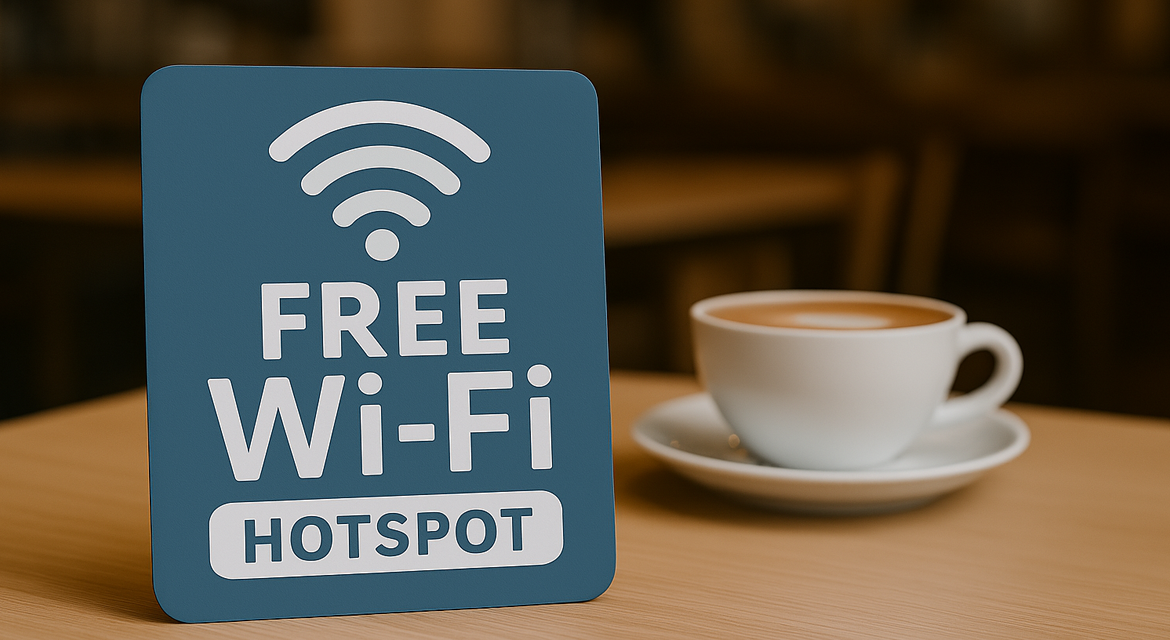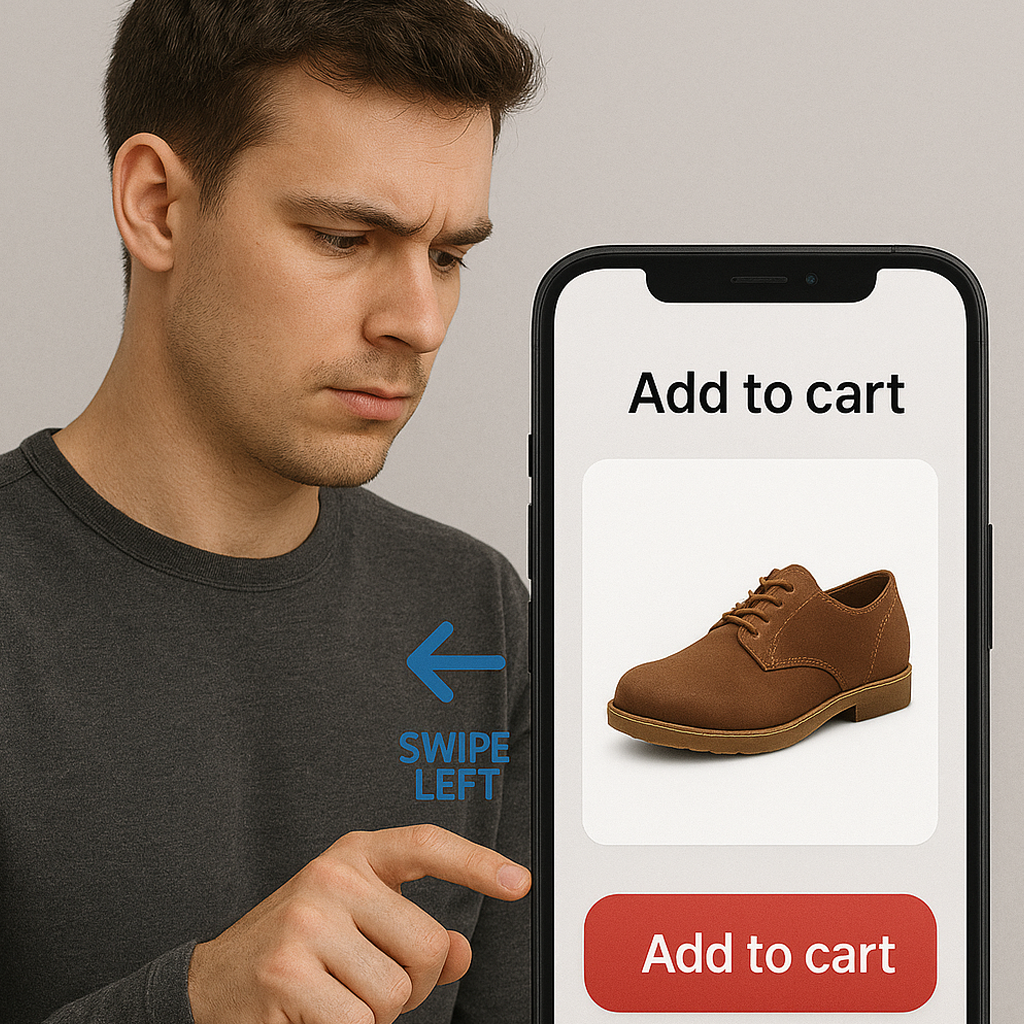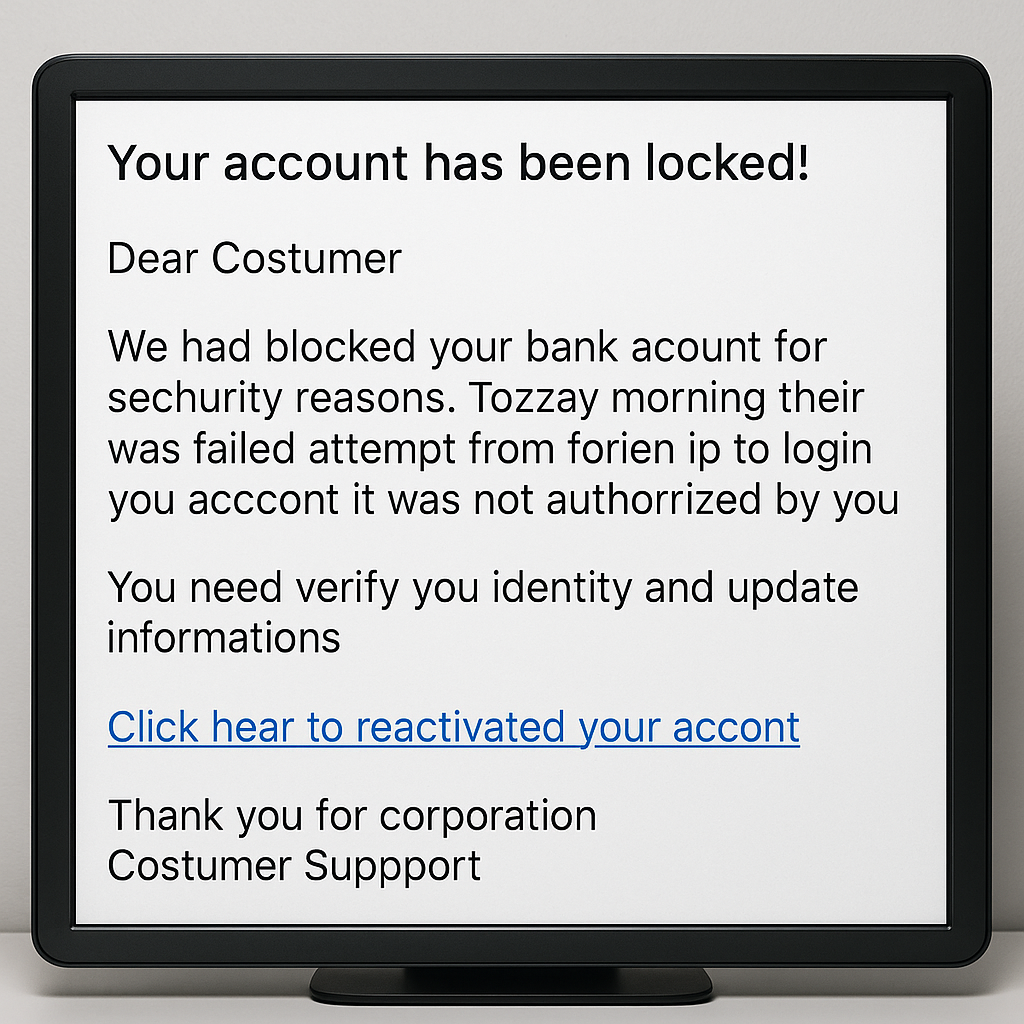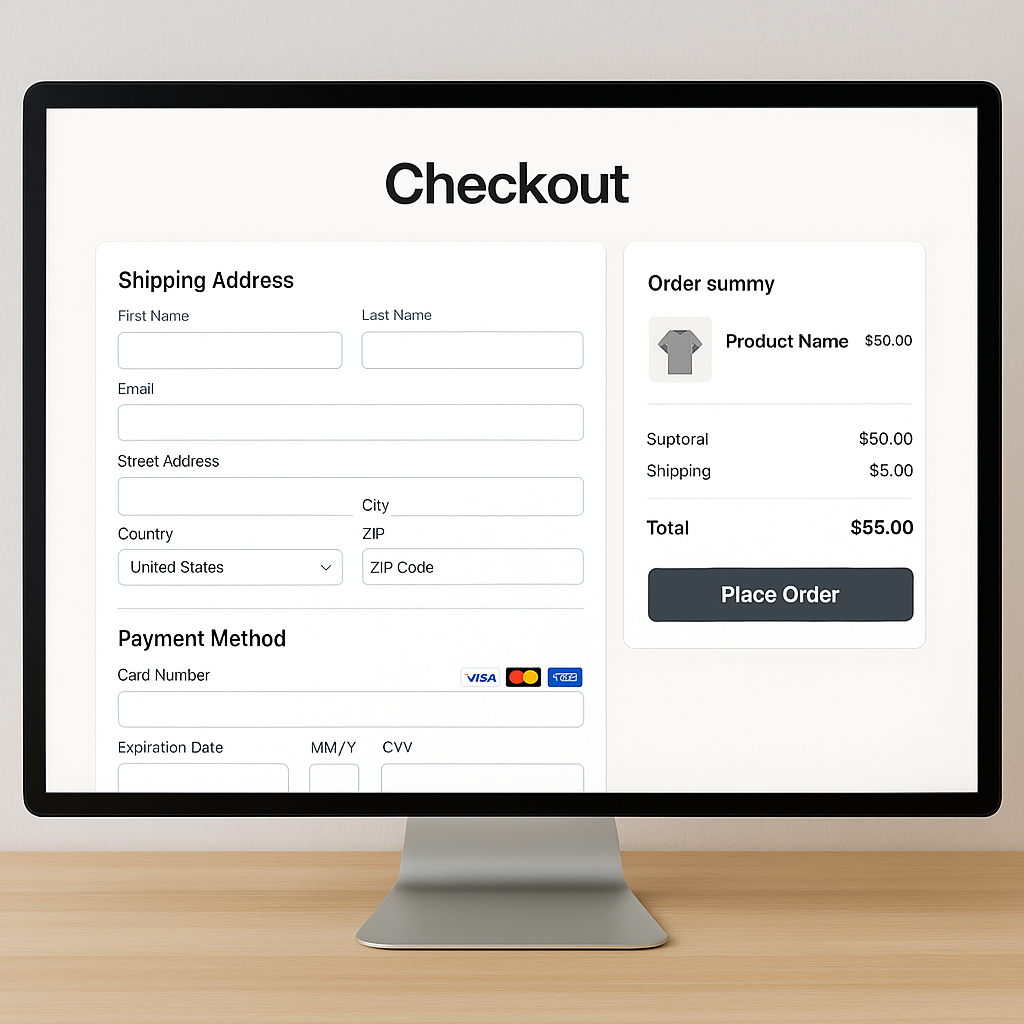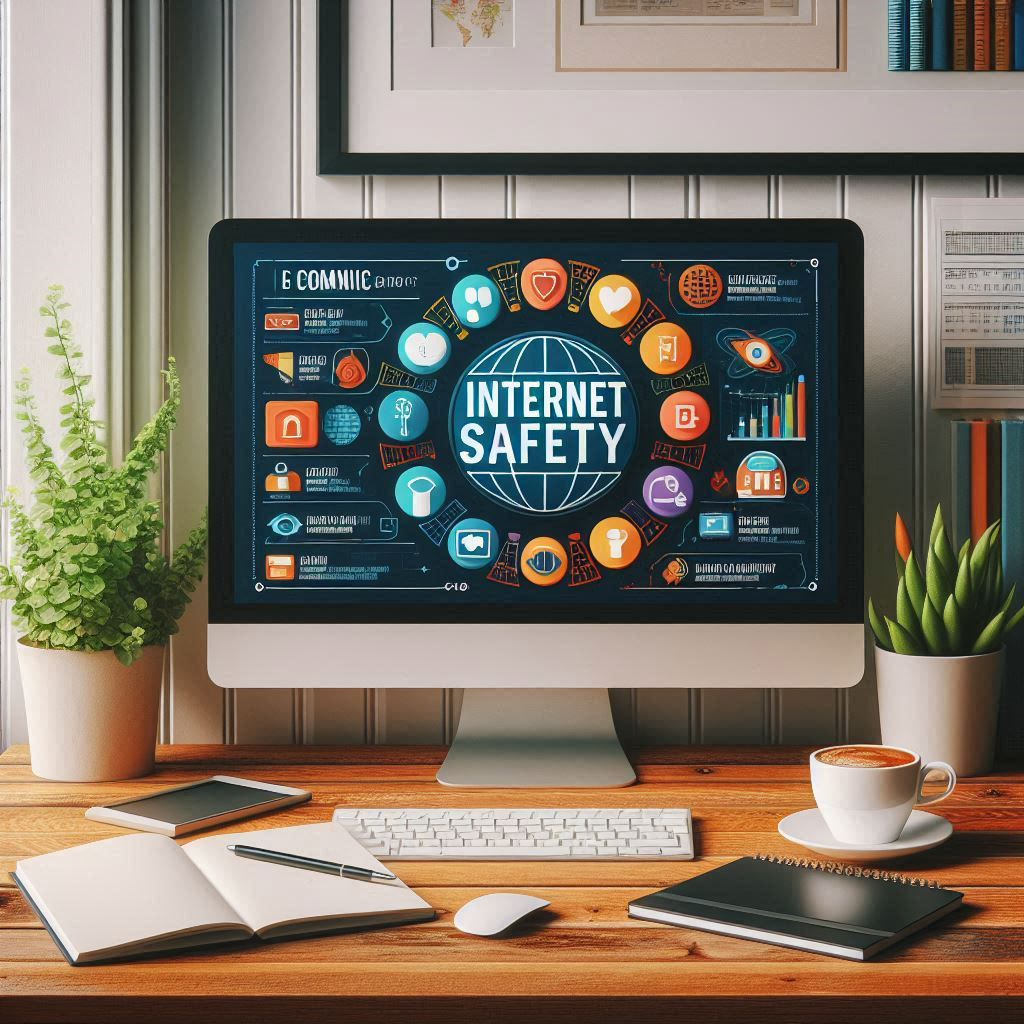If your childhood was anything like mine, you’ve played the game “The Floor Is Lava.” You’d leap from couch to chair, avoiding imaginary molten death, because who wants their legs roasted like marshmallows? Fast forward to adulthood, and I’m here to tell you there's a modern remake of this game—but it’s not imaginary. It’s called “The Wi-Fi Is Lava,” and playing it might just save your digital life.
Welcome to the Danger Zone
Picture this: you’re in a cozy coffee shop, enjoying the ambient hum of espresso machines and the soothing aroma of freshly ground beans. Your laptop is open, and you’re basking in the simplicity of multitasking—answering emails, scrolling through social media, and Googling useless trivia like “how many days a sloth sleeps each year.” Suddenly, your device alerts you to a free Wi-Fi network. The temptation is irresistible. “Why not save on data?” you think, blissfully unaware of the virtual landmines you’re stepping onto.
Public Wi-Fi networks, while convenient, are essentially the carnival games of the digital world: enticing, seemingly harmless, but almost guaranteed to leave you disappointed—or worse, compromised. Hackers, identity thieves, and digital pranksters treat these networks as their personal playground, running schemes as complex and sinister as a soap opera storyline. Connecting to one might feel like finding an oasis in the desert, but beware—it could be quicksand disguised as salvation.
What’s the Worst That Could Happen?
“It’s just free Wi-Fi. What could possibly go wrong?” you might ask. Oh, everything. Here are just some of the delightful surprises you might encounter:
- Your bank account becomes a charity fund: Hackers have a knack for siphoning off your hard-earned cash for their latest Amazon shopping spree. Next thing you know, your bank statement reads like the inventory of a tech store, and you’re left wondering why you suddenly “bought” five drones and a 3D printer.
- Your private chats aren’t so private: That heartfelt message you sent to your crush? The one with entirely too many emojis? A hacker could intercept it and broadcast it on social media for all to see, complete with snarky annotations.
- Your photos gain unexpected fame: Remember that goofy selfie you snapped at the beach last summer? Now it’s the face of a meme that’s trending worldwide. Congratulations, you’ve gone viral—for all the wrong reasons.
Hackers employ a veritable buffet of tactics—man-in-the-middle attacks, packet sniffing, rogue hotspots—that sound like sci-fi jargon but are very real. Their goal? To turn your innocent browsing session into their personal treasure trove of data.
Why Public Wi-Fi Is Basically Lava
Public Wi-Fi might seem like a blessing in today’s hyperconnected world, but it’s more like a Pandora’s box of digital misfortune. Here’s why you should think twice before clicking “Connect”:
1. Lack of Encryption
Encryption is the unsung hero of the internet, turning your data into a secret code. Public Wi-Fi networks, however, often skip this crucial step. Connecting to one is like shouting your passwords across a crowded subway station—it’s just not smart. Without encryption, your private information is an open book, and hackers are eager readers. Imagine logging into your bank account and unknowingly inviting strangers to follow along as if it’s a live-streaming session. Terrifying, isn’t it?
2. Rogue Hotspots
Picture a hacker setting up a fake Wi-Fi network named “FreeCoffee_WiFi” (because who doesn’t love free coffee?). You connect eagerly, only to find out later that your passwords, credit card details, and even your Netflix login have been stolen. Rogue hotspots are wolf-like predators in sheepish network clothing, fooling even the smartest of us. Next thing you know, you’re locked out of your accounts while someone binge-watches your favorite series on your Netflix profile.
3. Packet Sniffing
If “packet sniffing” sounds like a quirky hobby, think again. It’s a method hackers use to eavesdrop on your online activity. Imagine someone peeking over your shoulder as you type your most sensitive information—it’s just as invasive and creepy, but sneakier. The hacker doesn’t even need to be in the same room to see your login credentials; they’re silently scooping up your data, packet by packet, like a digital vacuum cleaner.
How to Play “The Wi-Fi Is Lava”
To survive in the treacherous realm of public Wi-Fi, you need to arm yourself with some savvy strategies. Here are your tools for staying cool above the digital lava:
1. Use a VPN
Think of a Virtual Private Network (VPN) as your digital cloak of invisibility. It encrypts your online activity, making it completely unreadable to anyone trying to snoop. It’s like having a private tunnel through the chaos of the internet. Not using a VPN while on public Wi-Fi is like walking into a haunted house without a flashlight—it’s just asking for trouble.
2. Avoid Sensitive Activities
Public Wi-Fi is not the place to check your bank account or share your credit card details. Think of it as the digital equivalent of shouting your Social Security number in a crowded mall. Stick to harmless activities like reading blogs, streaming videos, or researching whether cats or dogs are better (spoiler: it’s cats). Save the sensitive tasks for later, when you’re safely nested in your own secure network.
3. Forget Auto-Connect
Auto-connect is a sneaky feature that can betray you. While it’s convenient, it’s also a hacker’s dream. Disable it so you can manually choose your networks. Remember, a deliberate connection is a safe connection. This simple step can turn you from “easy target” to “hard pass” for potential hackers.
4. Share Files with Caution
Sharing files on public Wi-Fi is like passing a note in class—you never know who might intercept it. If you must transfer sensitive data, use secure, encrypted file-sharing services. Better yet, wait until you’re on a trusted network. After all, you wouldn’t send your most valuable possessions through snail mail without insurance, would you?
Alternative Ways to Stay Connected
1. Use Your Mobile Data
Your mobile data is like your own personal Wi-Fi bubble, safe and secure. Yes, it might cost a bit more, but can you really put a price on peace of mind? Plus, you won’t have to worry about the barista giving you side-eye for hogging the café’s bandwidth. Whether you’re checking emails or streaming your favorite shows, mobile data provides a secure, hassle-free alternative to public Wi-Fi.
2. Invest in a Portable Wi-Fi Device
Portable Wi-Fi devices are the superheroes of connectivity. These handy gadgets create a private, secure network just for you. It’s like carrying a little slice of the internet in your bag, minus the risks of public Wi-Fi. Whether you’re traveling or just working from a park bench, portable Wi-Fi devices offer the security and flexibility every modern adventurer needs.
Closing Thoughts
So, the next time you’re tempted by the siren song of “Free Wi-Fi,” remember: the Wi-Fi is lava, and the stakes are high. By treating public networks with the suspicion they deserve, you can protect your data, your privacy, and your dignity. Play the game wisely, leap carefully, and stay cool out there. Happy surfing—but not on lava!



